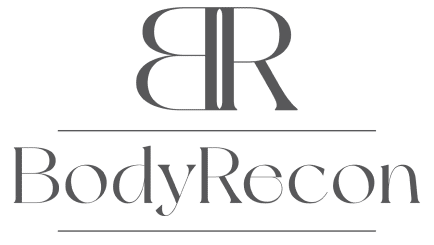ABOUT FACELIFTS IN GEELONG
The effect of ageing on the face leads to loss of skin elasticity and support for the deeper facial structures. In the upper face, this can cause the brow to droop, the upper eyelid skin to become hooded and the lower eyelids to form bags. In the mid and lower face, the facial skin, cheek fat, and superficial muscles of the face and neck tend to slacken and droop. This causes wrinkling in the neck, deepening of facial folds, smile lines, jowls (sagging skin hanging below the jawline), and deep nasolabial folds (furrow between the upper lips and cheeks). All these effects are worse in people who have suffered chronic sun exposure and in those who smoke and the appearances can make people look older than they really are.
A facelift is an operation to reverse the effects of ageing on the mid and lower face and so rejuvenate the face to make it look younger. It is often combined with a brow lift and blepharoplasty surgery (eyelid reduction surgery) to address the upper part of the ageing face. There are different types of facelift operation, which vary in complexity depending on which physical feature of the face needs to be addressed. A neck lift is a procedure to tighten the platysma muscles in the neck at the front and at the same time any excess fat in this region can be removed. This is often done in combination with a facelift and provides a youthful definition to the neck. Sometimes a facelift is combined with a chemical peel to enhance the quality of your skin.
All of the facelift operations are performed under general anaesthesia and last between 2-4 hours. Some of the more complex procedures, when combined with brow surgery and eyelid surgery can take longer than this. Usually a 1-2 day stay in hospital is all that is required.
During a standard facelift, an incision (cut) is made on each side in the hairline above the ear extending just in front of the ear and then passing behind the ear back into the hairline. The skin is lifted off the face and the neck, and the underlying muscles are tightened with stitches. The excess skin is removed and the wounds are closed with a combination of dissolving stitches and stitches that need to be removed after 7 days.
FREQUENTLY ASKED QUESTIONS
Not everyone is suitable for a facelift. Suitability is a matter for you and Dr. Rahdon to discuss, following a thorough analysis of your medical history and a thorough clinical consultation. If you are suitable, during your consultation Dr. Rahdon will discuss with you the particular type of facelift that best addresses your facial concerns. You will need to be in good general health and be within your healthy weight range. You must not be smoking or vaping to be a candidate for facelift surgery.
The location of the scars is dependent on the type of facelift being performed and what combination of techniques are used. The standard scars are hidden in the hairline above each ear and then pass just in front of the ear and then pass behind the ear back into the hairline. The scar for a neck lift is 3-4 cm long under the chin. All the external scars tend to be either hidden within the hair, or else concealed in natural skin creases making them as inconspicuous as possible.
The operation is usually not very painful. While in hospital strong painkillers can be given to keep you comfortable. We will give you tablets to take when you go home to keep you comfortable. If you have a chemical peel with your facelift, you may need pain killers for a few more days.
Depending on your job you can usually return to work for light duties after two weeks. By six weeks you should be able to return to full activities including sport.
You will notice swelling and bruising for 1-2 weeks; usually by the second week this will have settled and there will only be a little redness around the scars. The results of the tightening will be seen straight away. It can take several months for scars to fully fade. You can expect a facelift to make you look about 10 years younger and the results are long lasting.
Any operation carries with it the risk of complications. Major complications, however, are uncommon following a facelift. During your initial consultation Dr. Rahdon will have a full discussion with you about the risks and complications of surgery. The main complications are a large bruise (haematoma) or weakness in the facial muscles following surgery. Thankfully these complications are rare and usually resolve by themselves.
*Any surgical or invasive procedure carries risks. Before proceeding, you should seek a second opinion from an appropriately qualified health practitioner.
Interested in learning more? Book a consultation today.

